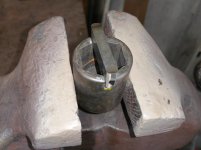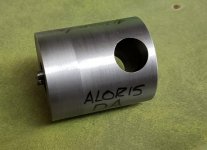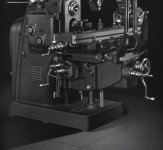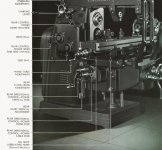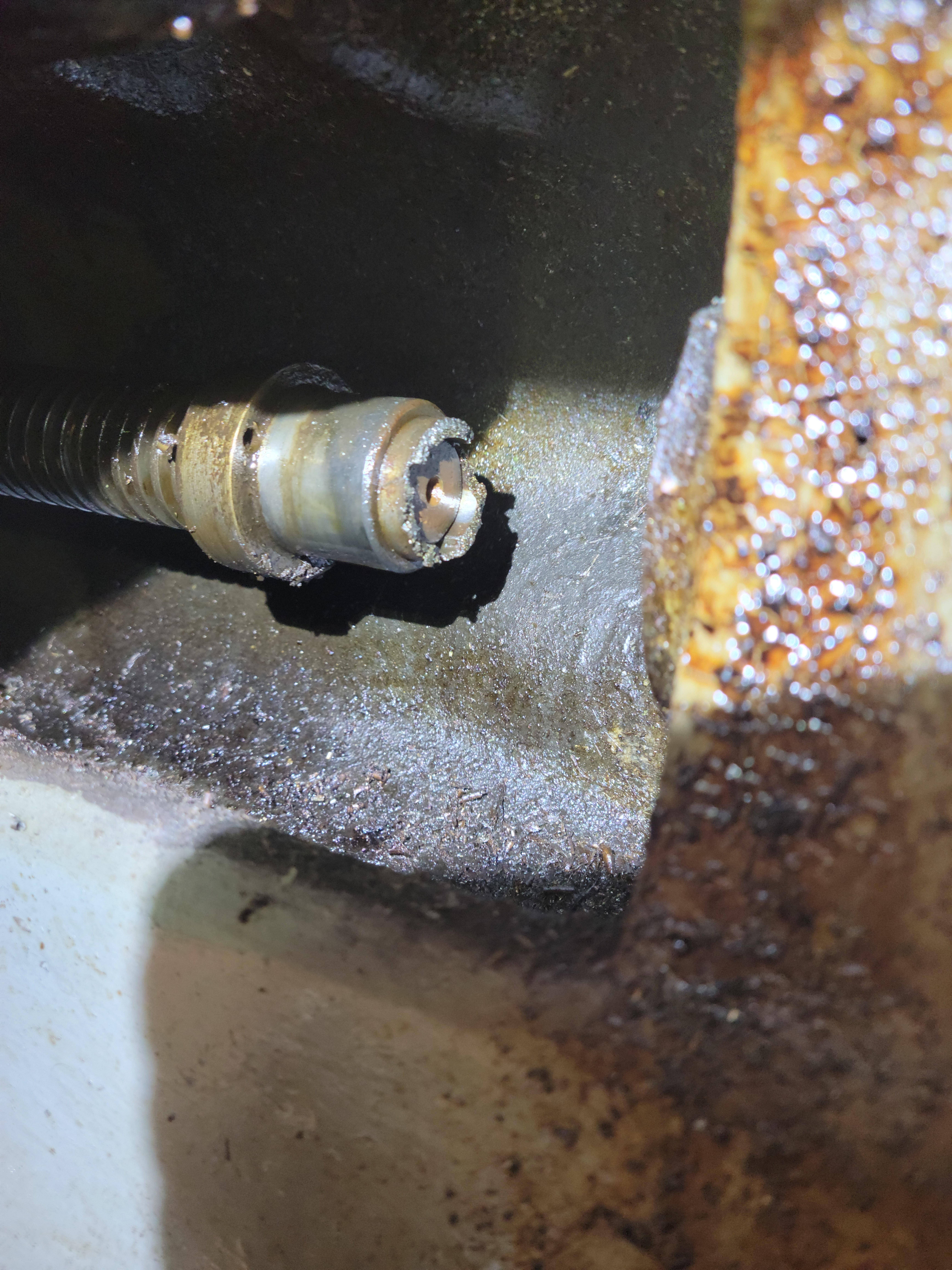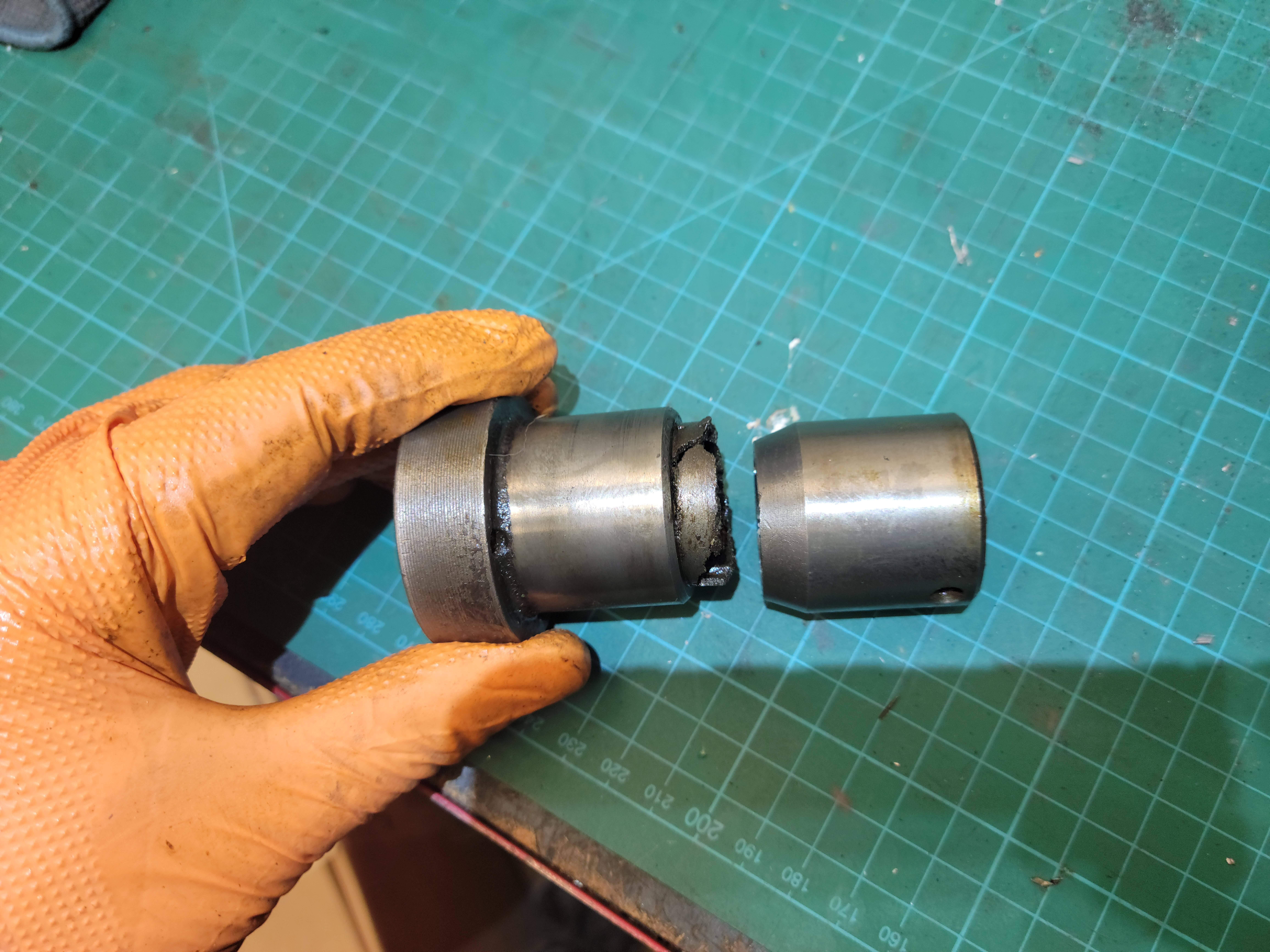All right, tonight's update.
Finally got the socket machined. Just needed some fresh eyes and realizing that I needed to recalculate the cuts needed to leave the appropriate sized lugs behind. I had previously calculated it as if I were making one cut per lug, but they actually require two - one on either side of the lug. Once I realized that, and accounted for the thickness of each lug and for the diameter of the cutter, it came out great.
So, on to the clutch adjustment. I first tried turning the castle nut clockwise until it bottomed out, and then backed it off two notches. This left the clutch noticeably loose and seemed like it was only spinning the spindle due to drag in higher gears. In lower gears it wouldn't turn at all. Okay, so CW is loose. Then I turned the socket all the way out, CCW, and then backed off two notches. Now the clutch was super tight, so tight that the spindle ran with the clutch lever in the disengaged position. Couldn't even move the lever to the engaged position. Okay, so CCW tightens the clutch, but neither extreme makes any sense. In fact, if I tighten or loosen the castle nut all the way, it totally invalidates the use of the cotter pin, as it can no longer be inserted to stop the movement of the nut after adjustment.
So I figure, screw the stupid instructions, the correct adjustment must be in the middle of the two extremes and I'll just keep fine tuning it till the machine operates correctly. When looking at the assembly again, I suddenly had an epiphany. Approximately halfway between the two extremes, the nut would sit roughly flush with the outside sleeve. Then I looked at the door of the machine, with the instructions cast into it. It says to turn clockwise until "home", what a strange term. Could "home" mean that the nut is flush with the outside sleeve? Is it really that simple?
Long story short, yes, it's that simple. I turned the nut so it was perfectly flush with that thin outer sleeve, then backed it off two notches so that it protruded very slightly.
Stuck the cotter pin and what do you know, the machine works perfectly. Every gear is within a few RPM of its listed speed, verified with a tachometer.
I simultaneously feel like the world's dumbest and smartest man, at the same time. I don't know how on earth I could have ever gleaned that from the instructions in the manuals. I'm honestly completely flabbergasted by the whole thing.
Anyway, the only problem that remains with the gear control is that all the gears are off by one. The dial is simply clocked wrong, it displays the previous gear versus the gear it's actually in. I'll have to see if the dial comes off easily and I can just re-clock it. Or just draw a sharpie to the correct gear



There's tool marks on the dial so someone has previously messed with it.
Beyond that, I've still got to fix the disconnect between the Y/saddle controls on the front and rear. The front hand control traverses the table, but the rear control does not. Power feed causes the rear control to spin, but not the front. I'll have to stare at some diagrams for a bit and see if I can find some likely culprits, and/or just remove the table and/or saddle and see what I can see.
I got some flexible acrylic to cut some new sight glasses out of, and I've also got to make some power feed stops (it's missing 3 of them). Oh and make some sort of hand wheel for the rear controls (both were missing). Never ends, I guess. But today was a huge step. Many thanks to everyone who offered advice. The machine is at least usable now!


. Machinists with front of machine mentality. From front of machine it would be clockwise.








